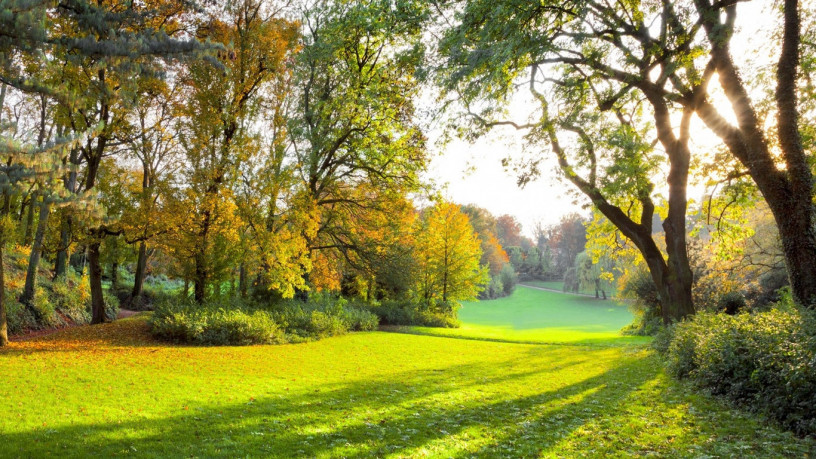Fiberglass Mesh Protects Plaster Layer Surface From Cracking
Sep 21st, 2022 at 07:50 Automobiles Bahawalpur 180 views
Fiberglass Mesh
Fiberglass Mesh is a cheap material that does not burn and is characterized by both low weight and high strength. These properties allow it to be successfully used in the formation of plaster facades, as well as use on internal wall and ceiling surfaces. This material is widely used for fastening the surface layer at the corners of the room.
Most widely used standard fiberglass plater mesh is the density of 145g/m2 and 165g/m2 for exterior cladding and facade work. Resistant to alkalis, does not decompose and will not rust over time, it does not emit toxic and harmful substances, has a high resistance to tearing and stretching, protects the surface from cracking and improves its mechanical strength. Easy to handle and use.
Application of Plaster Fiberglass Mesh
Fiberglass mesh is used to strengthen the surface of the plaster layer all kinds of buildings.
This mesh reinforced liquid waterproofing layers slabs and roofs.
Fiberglass mesh used to impart mechanical strength filler floor coverings that are different self-leveling properties.
Application of glass fiber mesh contributes to strengthening plaster, and the bases used for laying ceramic tiles.
Drywall Fiberglass Tape
Drywall fiberglass not-sticking tape and Fiberglass Self Adhesive Tape are used for combining the joints between walls and windows, door together with our fiberglass mesh to repair the cracks, joints and seams of drywall, plasterboard and other surfaces. Drywall fiberglass not-sticking tape should be used with cellophane tape. Fiberglass self-adhesive tape could be used alone.
Fiberglass Chopped Strands enhance value and mix well with fibrous materials such as wood, paper and polyester. They have been specially developed for use in wet-formed mats and veils, which are processed in either acidic or neutral white water systems. Improved mat properties make these products suitable across a diverse range of end-use applications such as specialty papers, filters, printed circuit boards, roofing mats, roof tiles, acoustic tiles and vinyl-coated flooring.
Our Wet Chopped Strands offer the following advantages:
excellent strength and dimensional stability
performing well across a variety of temperature and humidity conditions
broad chemical resistance
quick and uniform dispersion in water-based bonding systems, whether acidic, neutral or basic.
Fiberglass Yarns consist of a defined number of E-Glass filaments of a certain nominal diameter, brought together to form a yarn. The structure of the yarn is fixed and protected by a size and a slight twist, generally in Z-direction.
Our E-Glass fiberglass yarns are wound on plastic bobbins and supplied in a “milk bottle” shape. Vetrotex glass yarns can be also supplied on beams. The glass composition meets the certification for E-Glass as defined by ASTM’s D578-00 Standard Specification for fiberglass filaments.
Fiberglass refers to a group of products made from individual glass fibers combined into a variety of forms. Glass fibers can be divided into two major groups according to their geometry: continuous fibers used in yarns and textiles, and the discontinuous (short) fibers used as batts, blankets, or boards for insulation and filtration. Fiberglass can be formed into yarn much like wool or cotton, and woven into fabric which is sometimes used for draperies. Fiberglass textiles are commonly used as a reinforcement material for molded and laminated plastics. Fiberglass wool, a thick, fluffy material made from discontinuous fibers, is used for thermal insulation and sound absorption. It is commonly found in ship and submarine bulkheads and hulls; automobile engine compartments and body panel liners; in furnaces and air conditioning units; acoustical wall and ceiling panels; and architectural partitions. Fiberglass can be tailored for specific applications such as Type E (electrical), used as electrical insulation tape, textiles and reinforcement; Type C (chemical), which has superior acid resistance, and Type T, for thermal insulation.
Outside corner beads
Whether on a wall or on a soffit, outside corners must be covered with PVC Corner Bead. The material protects the surface and has a slightly raised beaded edge, which keeps the corner straight and acts as a screed while taping.
It wasn’t too long ago that square-edged metal corner bead was the most commonly used corner bead, and it may still be today, but the other options really are worth looking into. Today, you have your choice of metal, vinyl, plastic covered with paper, or metal covered with paper. Some types are available in 100-ft. rolls. Bullnose beads are also available in a variety of sizes and have become very popular because they offer an elegant look and are just as easy to install as regular bead.






















